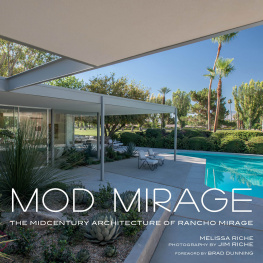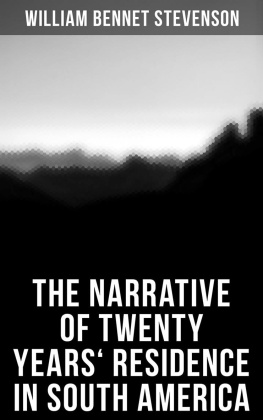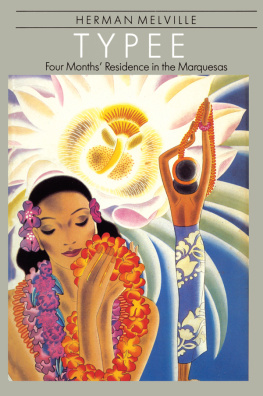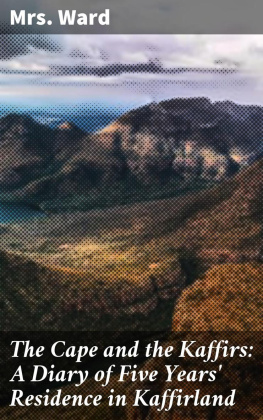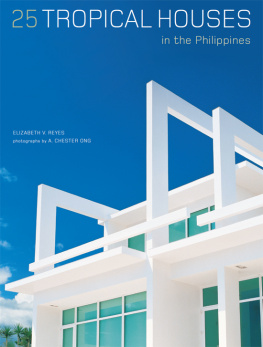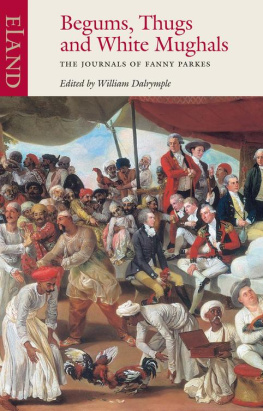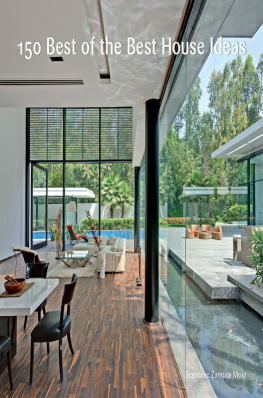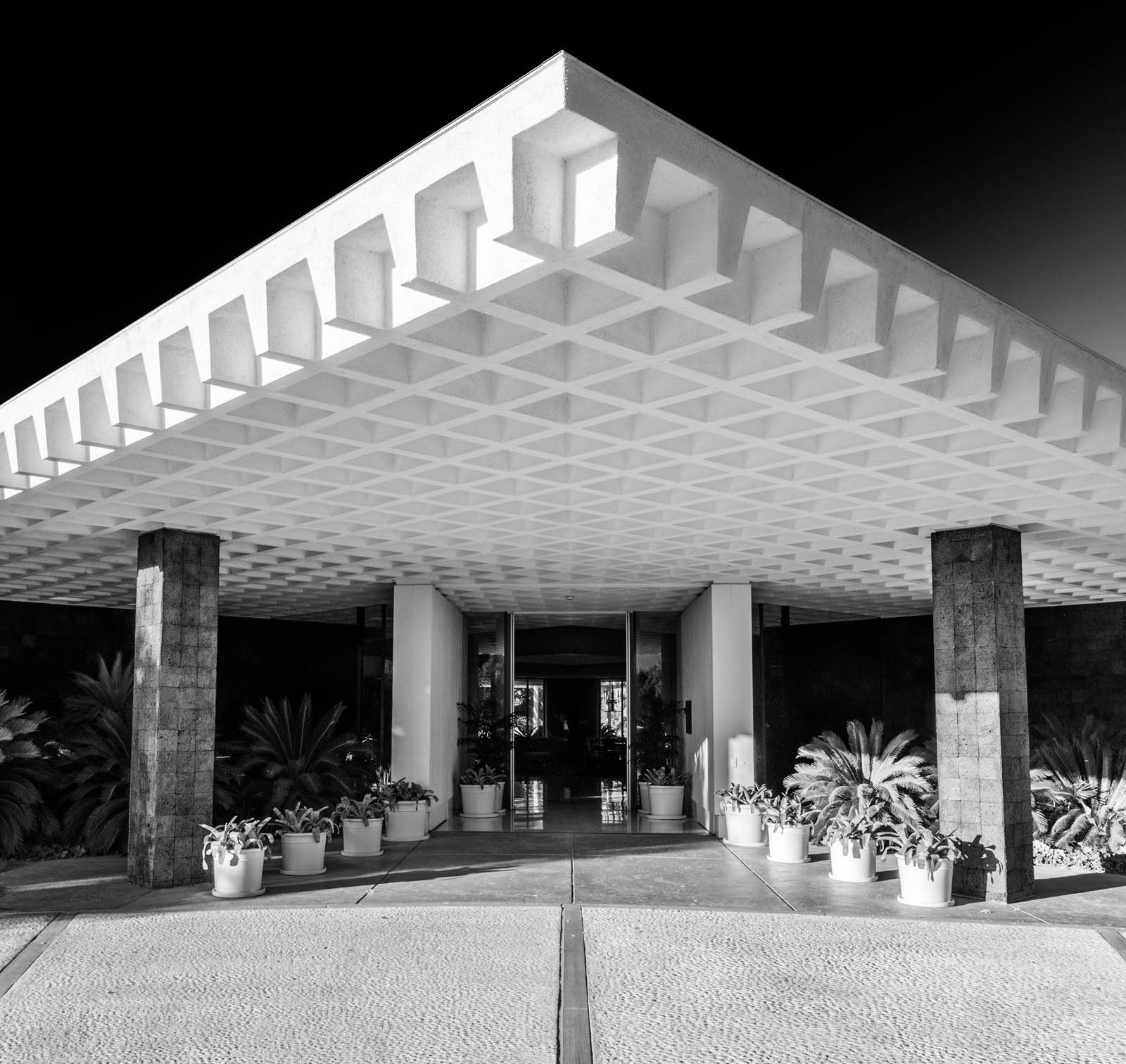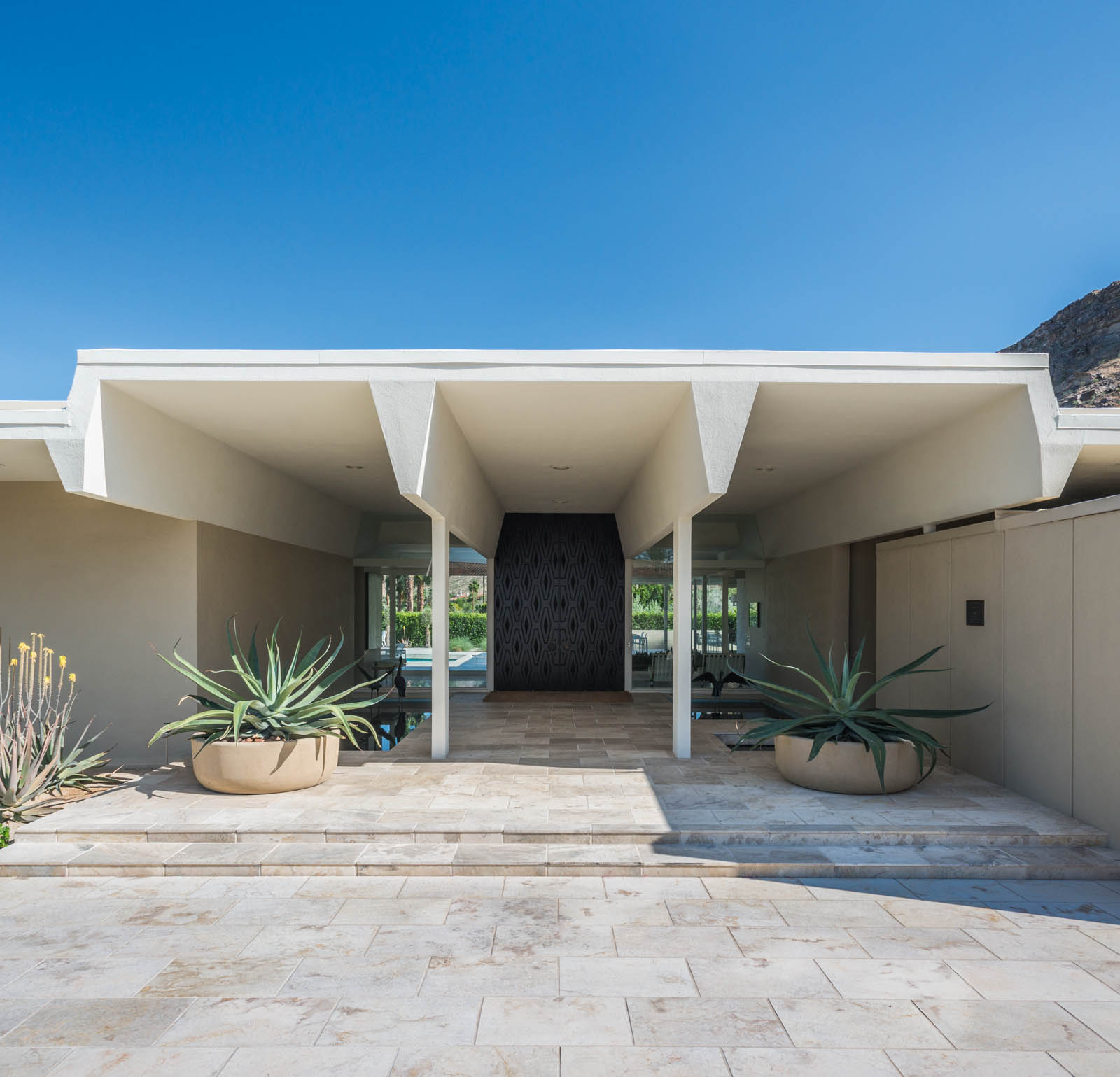Foreword
brad dunning
P alm Springs evolved rather slowly over time. The small town was settled by wizened pioneers who lived in crude and simple wooden cabins at the turn of the twentieth century in the harsh desert environment. Around 1922, Nellie Coffman expanded her simple Desert Inn with Spanish-style bungalows and the town began to really take off. In subsequent decades, Spanish revival casitas were the norm. After World War II, modernism became the dominant style, and its quality and proliferation is now the trademark, salvation, and lifeblood of the town.
Rancho Mirage had no similar evolution or gestation; it practically burst forth from the desert aquifer like a pent-up geyser ready for some fun in the suncomplete with swimming pools and movie stars (not to mention politicians and millionaires). That was around 195152, when both Thunderbird and Tamarisk Country Clubs came into being. Concurrently, what we now call midcentury modernism was reaching its height of popularity. Since most homes in the desert were second or seasonal homes, they represented not only leisure, relaxation, and health, but also debauchery and frivolity. It was only natural that more flamboyant and joyous architecture mirrored the association. Form followed function indeed. Thus the remarkable cache of midcentury modern vacation homes that sit graciously on the sands or line the unfathomably green fairways of Rancho Mirage are a three-dimensional glimpse into the definition of the good lifemidcentury resort American style.
The suburbs of the Coachella Valley hug and creep along the edge of the San Jacinto Mountains, starting with Palm Springs on the northern end (nearest the highway from Los Angeles) and proceeding down valley to the south. By the 1990s, Palm Springs sat neglected, decaying and forgotten. The town was practically boarded up at that point; anyone with money moved down valley, escaping the blight and following the trend. In Palm Springs, a few brave new younger souls appeared and embraced that towns then bargain-priced midcentury real estate and appreciated the then out-of-vogue desert lifestyle. Inevitably those young people matured financially as well, but their love and appreciation for midcentury did not wane; it became more sophisticated as they were able to afford more grown-up, expensive houses. Those who once found their starter fixer homes in Palm Springs have now worked their way up the economic ladder and are migrating south to the more luxurious and larger homes in Rancho Mirage. The great midcentury architects known as the Palm Springs School may have cut their teeth and begun their careers with low-budget and experimental homes in Palm Springs, but it was in Rancho Mirage where they (and other notable carpetbaggers from Los Angeles and points east) exhibited their most mature, evolved, and deep-pocketed work.
I lived in Rancho Mirage for a time. I knew at the end of my street Ginger Rogers had holed up just a few years before (dying, it turned out, in her house in 1995). Across from my back driveway was the old home of Bing Crosby, and both Joseph Wambaugh and Anne Rice were often spotted driving through the main gates of our small enclave. I fantasized about Lucy and Desi chain-smoking in the hot sun, across the highway long ago, poolside at their ultrachic, Paul Williamsdesigned, midcentury modern ranch house at Thunderbird Country Club. Neighbor Frank Sinatra whiled away his autumnal hours watching his toy trains go round and round in his custom-built train barn on, what else, Frank Sinatra Drive. Nearby in the hood, a cigar-smoking Groucho Marx played cards around the pool (Im sure in high-waisted swim trunks) at his modest Tamarisk Ranchos condo. Brother Harpo loved showing off his huge Wallace Neffdesigned manse around the corner. Zeppo and Gummo also had homes in Rancho Mirage. It was a long, long way, in many, many ways, from the Yorkville tenement where they all grew up.
Rancho Miragehome of glitterati and literati. Rancho Miragea monument to success and having made it. Once home to those we now celebrate, those who conquered the world then drank, smoked, sunned, golfed, and fornicated themselves into history. Most of us know better now than to emulate their bad habits, but we lovingly appreciate and salute them for their joyous hedonism.
Today the celebrities are gone yet the stars are still therebecause nowadays the stars are the homes and great architecture that have survived. Movie stars were, sadly, merely mortal after all, but their homes and the architecturally significant survivors of Rancho Miragehangers-on of a more optimistic and aspirational timetheyre mostly still standing. You can inhabit them for a price. They can change your life, be your stage, lower your blood pressure, and make you believe in the elevating quality of good design.
Its no secret Rancho Mirage was historically segregatedThunderbird was for the gentiles, Tamarisk the Jews, and God forbid anyone of color tried to immigrate. As of the 2010 census, Rancho Mirages population was still 88 percent white. Yet it was encouraging and telling how the times they have a-changed to watch a presidential phalanx of motorcycles and limos snake though the gates at Thunderbird Heights to deposit African American President Obama at the home of his openly gay ambassador to Spain, James Costos, and his partner (and White House decorator) Michael Smith.
The future for Rancho Mirage looks awfully rosy and a second comings already a-coming. Needed: a responsible and enlightened city government at the helm of the renaissance (there simply can be no more architectural losses like the city-approved destruction of the Richard Neutradesigned Maslon Residence or the Kendrick Bangs Kelloggdesigned Chart House Restaurant!). The second chapter of Rancho Mirage could be even more impressive if it is inclusive and sensitive to all its residents, progressive on the environment, including two-wheel and biped conveniences, and willing to engage with the entire Coachella Valley. There should be great pride in its past, and a big part of its past is its rich architectural legacy. Have the courage to preserve it.
In this marvelous and educational love poem to Rancho Mirage, beautifully photographed by her husband, Jim Riche, Melissa Riche passionately celebrates the feeling and sites, the history and the backstories of that very special place under the sunat once both startlingly artificial and stunningly natural, a place of great paradox and great beauty and some of the most beautiful resort homes in the world. It is most definitely Rancho Mirages time to shine again.
All that good lifeits not a mirage, its real.

